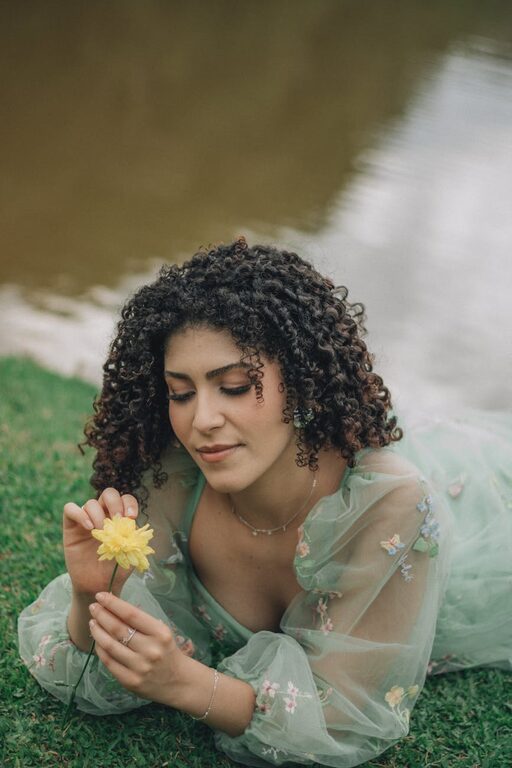Mindfulness is a simple yet powerful practice that helps you stay present and fully engaged in the moment. It can improve your mental clarity, reduce stress, and enhance your overall wellbeing. The good news is that you don’t need special equipment or a lot of time to start practicing mindfulness. In this post, we’ll explore easy mindfulness practices you can incorporate into your daily routine.
What Is Mindfulness?
Mindfulness means paying attention on purpose to what is happening right now, without judgment. It’s about noticing your thoughts, feelings, bodily sensations, and the environment around you. Rather than worrying about the past or future, mindfulness invites you to experience life as it unfolds.
Benefits of Practicing Mindfulness Daily
Regular mindfulness practice can lead to many positive outcomes, such as:
– Reduced stress and anxiety
– Improved concentration and creativity
– Better emotional regulation
– Enhanced relationships through active listening
– Increased appreciation for simple moments
Even a few minutes a day can make a difference.
Simple Mindfulness Practices to Try Today
Here are some easy ways you can bring mindfulness into your daily life.
1. Mindful Breathing
Breathing is something you do all the time, but paying attention to it can help you ground yourself.
How to practice:
– Find a comfortable sitting position.
– Close your eyes if you like.
– Take slow, deep breaths in through your nose and out through your mouth.
– Focus entirely on the sensation of your breath—how it feels entering and leaving your body.
– If your mind wanders, gently bring your attention back to your breathing.
– Start with 1 to 3 minutes and increase as comfortable.
2. Body Scan
This practice helps you connect with different parts of your body and release tension.
How to practice:
– Lie down or sit comfortably.
– Close your eyes and bring attention to your toes.
– Slowly move your focus upward, noticing any sensations without trying to change them.
– Observe areas that feel relaxed or tense.
– Continue through your legs, torso, arms, neck, and head.
– Take deep breaths as you scan your body.
3. Mindful Walking
Walking can be a moving meditation when done mindfully.
How to practice:
– Walk slowly and deliberately.
– Feel your feet touching the ground with each step.
– Notice your leg movements and balance.
– Pay attention to sounds, smells, and sights around you.
– If your thoughts drift, gently redirect them to your walking experience.
4. Mindful Eating
Eating mindfully helps you enjoy your food and improve digestion.
How to practice:
– Eat without distractions like TV or phones.
– Look at your food, notice colors and textures.
– Take small bites and chew slowly.
– Pay attention to flavors and how your body feels.
– Notice when you start to feel full.
5. Five Senses Exercise
This quick exercise helps you stay present by focusing on your senses.
How to practice:
– Pause for a moment.
– Identify and name 5 things you can see.
– Identify 4 things you can feel.
– Identify 3 things you can hear.
– Identify 2 things you can smell.
– Identify 1 thing you can taste.
This creates a calming awareness of your surroundings.
Tips for Making Mindfulness a Habit
– Start small: Even one or two minutes daily can build the habit.
– Choose a regular time: Connect your practice to a daily activity like waking up or before bedtime.
– Be patient: It’s normal for your mind to wander. Gently guide it back without judgment.
– Use reminders: Set an alarm or a note to encourage mindful moments.
– Stay consistent: Regular practice creates lasting benefits.
Mindfulness Beyond Formal Practice
Mindfulness isn’t limited to meditation. You can bring awareness to any activity—washing dishes, listening to a friend, or driving. When you pay full attention to what you’re doing, you often find more joy and less stress.
Final Thoughts
Incorporating simple mindfulness practices into your daily life is a great way to foster calmness, improve focus, and heighten your sense of wellbeing. Start with one or two techniques and gradually explore more when you feel ready. Remember, mindfulness is a journey rather than a destination, so be kind to yourself as you develop your practice.
Ready to begin? Take a deep breath, and enjoy the moment!



